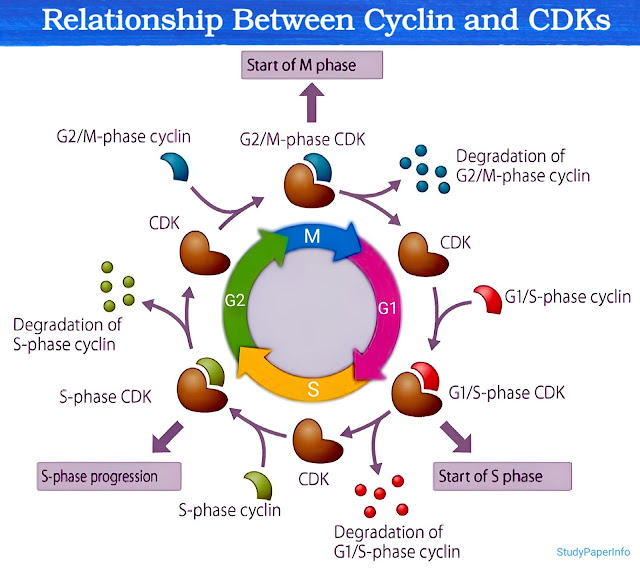How does the p53 tumour suppressor gene regulate the cell cycle?
The p53 tumor suppressor gene plays a critical role in safeguarding the integrity of the genome by controlling the cell cycle. It is often referred to as the "guardian of the genome" due to its essential function in preventing the propagation of damaged or mutated DNA, which is a key factor in cancer development. p53's regulation of the cell cycle is mainly focused on halting the cycle in response to DNA damage, thereby allowing time for repair or inducing apoptosis if the damage is irreparable. This process helps prevent the accumulation of mutations that could lead to tumor formation. There are five key steps involved in how p53 regulates the cell cycle: 1. Detection of DNA Damage and Activation of p53 When a cell experiences DNA damage due to radiation, toxins, oxidative stress, or other reasons, certain kinases like ATM and ATR are activated. These kinases phosphorylate the p53 protein. Normally, p53 is degraded quickly by MDM2, but ph...





